
Bright, fresh-tasting tomato sauce made simply with garlic, olive oil, pantry tomatoes and herbs — perfect for pasta, pizza or as a base for many dishes.
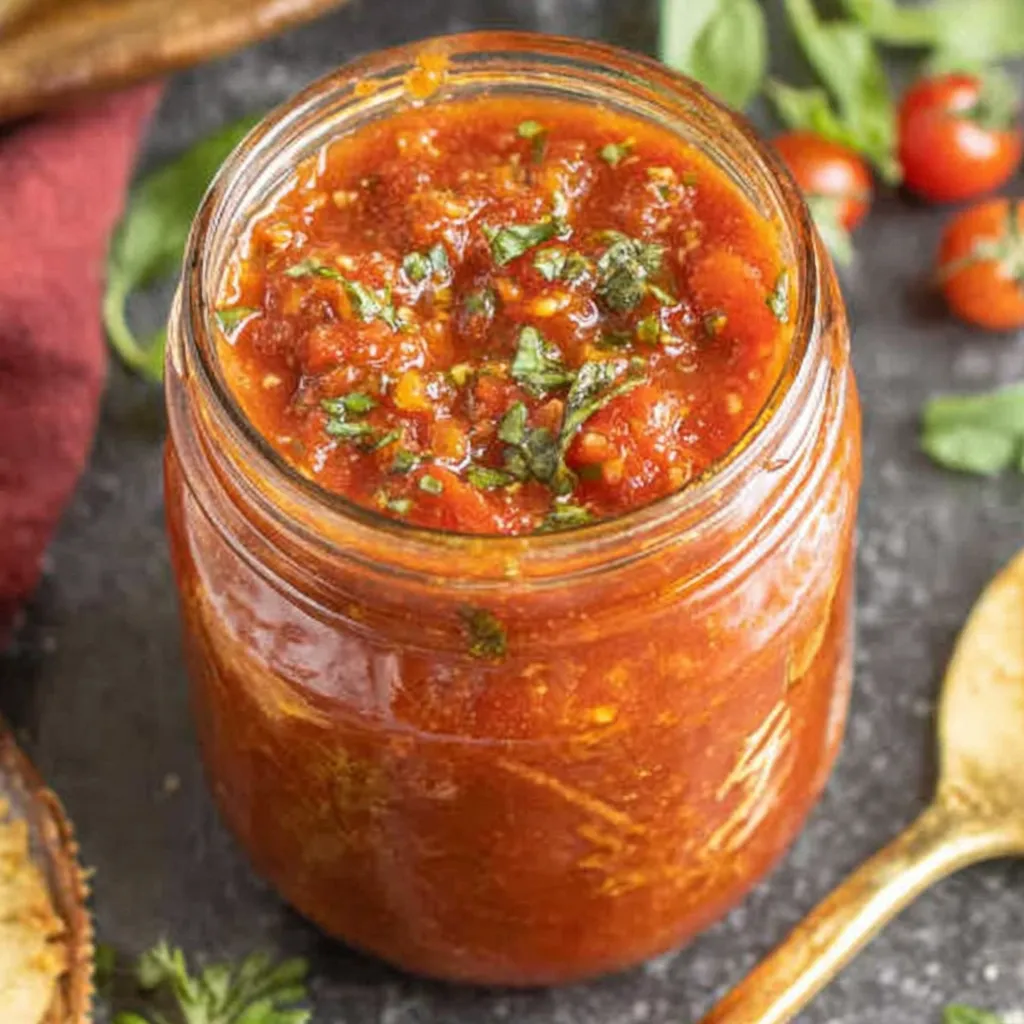
This Pomodoro sauce is the tomato sauce I reach for when I want something simple, honest and deeply comforting. I first learned to make it on a humid summer evening when fresh tomatoes were scarce and a couple of cans of Roma tomatoes in the pantry needed redeeming. What started as a quick weeknight fix turned into our default sauce for pasta nights, lazy Sundays and holidays where I wanted fresh, bright tomato flavor without fuss.
What makes this version special is the balance: the olive oil and garlic give it a fragrant base, the canned Roma tomatoes provide a clean, concentrated tomato flavor, and the dried herbs and gentle simmer round everything into a luscious, versatile sauce. It’s silky when blended, chunky when left as is, and always quick enough to fit into a busy dinner routine. I often serve it to guests as a humble reminder that great food doesn’t need many ingredients — just good technique and the right timing.
I remember serving this to my neighbor after she’d had a long day; she said it tasted like summer even though it was snowing. My family calls it “the red sauce” and asks for extra grated cheese and torn basil; I love that such few ingredients can create so many happy memories at the table.
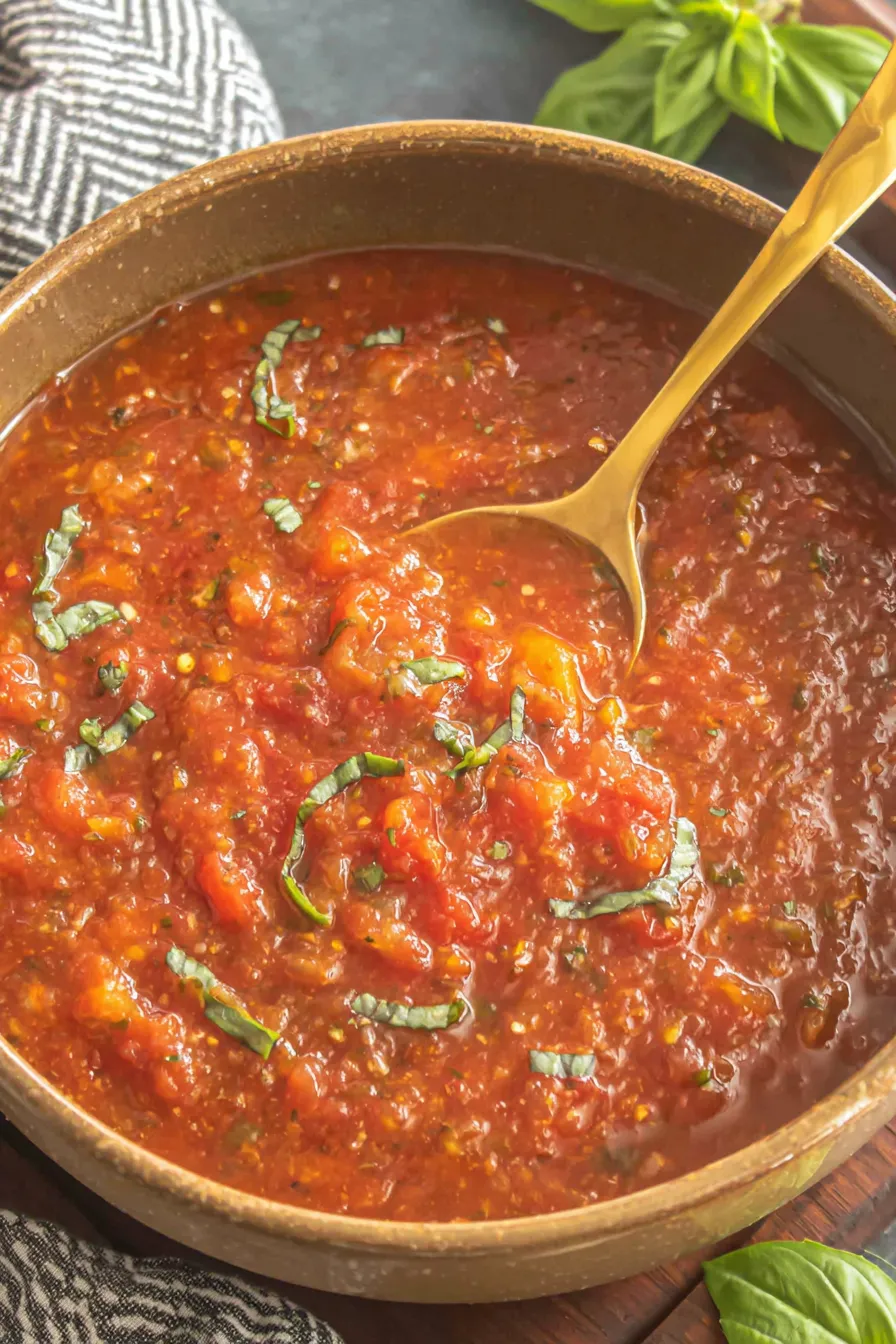
My favorite thing about this sauce is its reliability: whether I’m feeding kids after practice or serving friends for a casual dinner, it always feels homemade and balanced. One winter I tripled the batch for a neighborhood potluck and people kept asking for the recipe afterward — a reminder that simple techniques multiply joy when shared.
Store leftovers in airtight containers — glass jars or BPA-free plastic work equally well. In the fridge, keep for up to 5 days; label with the date so you rotate through quickly. For longer storage, cool the sauce completely, portion into freezer-safe containers or heavy-duty freezer bags, press out excess air and freeze for up to 3 months. Thaw overnight in the refrigerator or reheat gently in a saucepan over low heat, adding a splash of water if it’s too thick. Reheat in a microwave-safe dish for quick meals, stirring halfway through to ensure even warming and prevent hot spots.
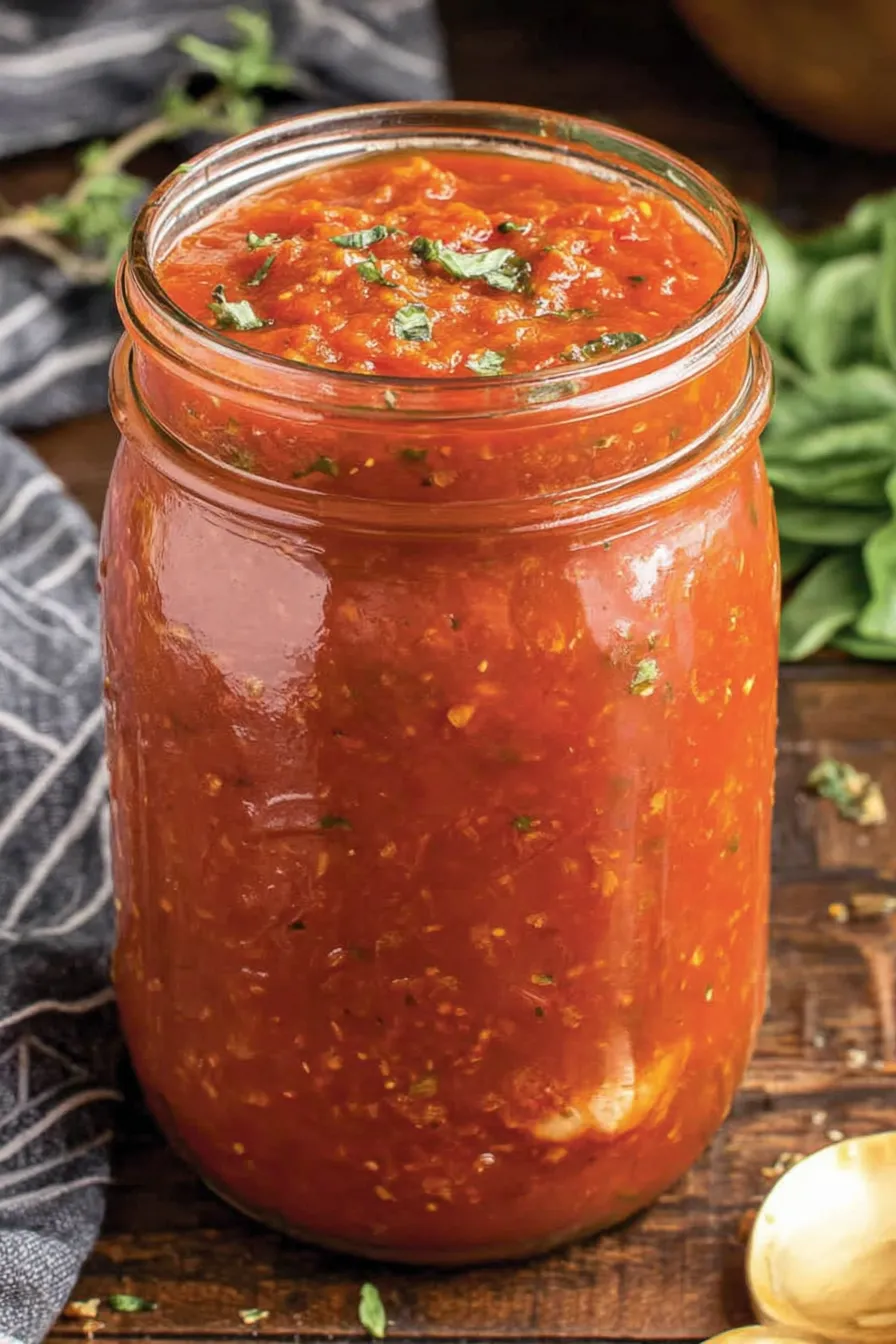
If you don’t have whole Roma tomatoes, use two 28-ounce cans of diced tomatoes but drain slightly; crushed tomatoes will make a thinner sauce. Replace onion powder with 1/2 small yellow onion, finely minced and sautéed with the garlic — allow 4 to 5 minutes to soften. Swap dried herbs for 2 tablespoons chopped fresh basil and 1 tablespoon chopped fresh oregano, added at the end of simmering to preserve freshness. For a richer mouthfeel, stir in 1 tablespoon butter or 1 tablespoon extra olive oil at the end, but omit for a dairy-free finish.
Toss with al dente spaghetti or bucatini and finish with torn basil and grated Parmesan. Use as a base for meatballs, braised chicken thighs or a simple shakshuka. Spoon over roasted vegetables or pan-seared fish for a bright, acidic counterpoint. For pizza, reduce the sauce slightly to thicken, spread sparingly on dough, and bake until the crust is golden. Serve with a crisp green salad and crusty bread to sop up every drop.
Pomodoro, Italian for “tomato,” became central to Italian cooking only after tomatoes arrived from the Americas in the 16th century. The style of sauce known as Pomodoro emphasizes freshness and simplicity — typically garlic, olive oil and ripe tomatoes — and reflects the Italian ethos that quality ingredients need minimal manipulation. Regional variations across Italy include added basil in Naples, sautéed onion in central regions, or anchovies in the south; this pared-back version honors that lineage while remaining flexible for modern kitchens.
In summer, supplement or replace canned tomatoes with 2 pounds of very ripe fresh tomatoes — peel, seed and chop them, then reduce slightly longer to concentrate flavor. In winter, maintain brightness by adding a splash of high-quality red wine or a teaspoon of good balsamic vinegar during the final simmer. For a smoky fall twist, add a roasted red pepper purée or finish with a pinch of smoked paprika. Holiday versions can include a bay leaf during simmering and a tablespoon of tomato paste for added depth.
Make a double batch and portion into 1-cup containers for quick weeknight dinners — one container heats just enough for a single serving of pasta. Freeze flat in freezer bags to stack space-efficiently. Keep a jar of sauce in the fridge for up to a week and use it for midweek dishes: quick meatballs, baked eggs, or to flavor soups and stews. If prepping for a crowd, make the sauce a day ahead so flavors mellow overnight; gentle reheating the next day intensifies the profile and frees up oven space for sides or mains.
At its heart, this Pomodoro sauce is about comfort and convenience — a small set of ingredients treated with care turns into something that feeds both appetite and soul. Make it often, tweak it to your taste, and let it become one of those dependable recipes you reach for again and again.
Use whole peeled Roma tomatoes for the best texture and flavor concentration; break them down by hand before blending for better control.
Prevent garlic from burning by cooking it only until fragrant and translucent — about 30 to 60 seconds — then add tomatoes promptly.
Adjust salt at the end after blending; tomatoes’ taste concentrates during simmering and may need a final seasoning check.
If the sauce tastes too acidic, add an additional 1/2 teaspoon sugar or a splash of good balsamic vinegar to balance.
For brighter flavor, add torn fresh basil just before serving rather than during the long simmer.
This nourishing classic pomodoro sauce recipe is sure to be a staple in your kitchen. Enjoy every moist, high protein slice — it is perfect for breakfast or as a wholesome snack any time.
Yes. The sauce can be frozen for up to 3 months in an airtight container or heavy-duty freezer bag. Thaw overnight in the refrigerator before reheating.
Use a hand immersion blender for a few quick pulses to smooth the sauce; alternatively, transfer to a countertop blender in batches and be careful with hot liquids.
This Classic Pomodoro Sauce recipe makes perfectly juicy, tender, and flavorful steak every time! Serve with potatoes and a side salad for an unforgettable dinner in under 30 minutes.

Heat 2 tablespoons extra virgin olive oil in a large skillet over medium heat until shimmering. Add 4 cloves minced garlic and stir continuously for 30 to 60 seconds until fragrant and slightly translucent; avoid browning.
Pour in two 28-ounce cans of whole Roma tomatoes with juices. Break the tomatoes apart with a wooden spoon and bring to a low boil over medium-high heat. Skim away any loose skins that float free.
Reduce heat to low, cover the pan with the lid slightly vented and simmer gently for 30 minutes to concentrate flavor and soften the tomatoes.
Remove the lid and stir in 1 tablespoon onion powder, 1 1/2 teaspoons dried basil, 1 1/2 teaspoons dried oregano, 1/2 teaspoon sugar, 1/2 teaspoon salt and 1/2 teaspoon black pepper. Cook another 4 to 6 minutes.
Use an immersion blender to smooth the sauce to your desired texture or leave it chunky. Taste and adjust salt and pepper as needed. Serve over pasta with fresh basil and grated Parmesan if desired.
Last Step: Please leave a rating and comment letting us know how you liked this recipe! This helps our business to thrive and continue providing free, high-quality recipes for you.
Leave a comment & rating below or tag
@royalmorsel on social media!


Juicy beef, sweet-charred peppers, and a silky queso drizzle turn these sliders into the ultimate crowd-pleasing bite for game day or weeknight fun.
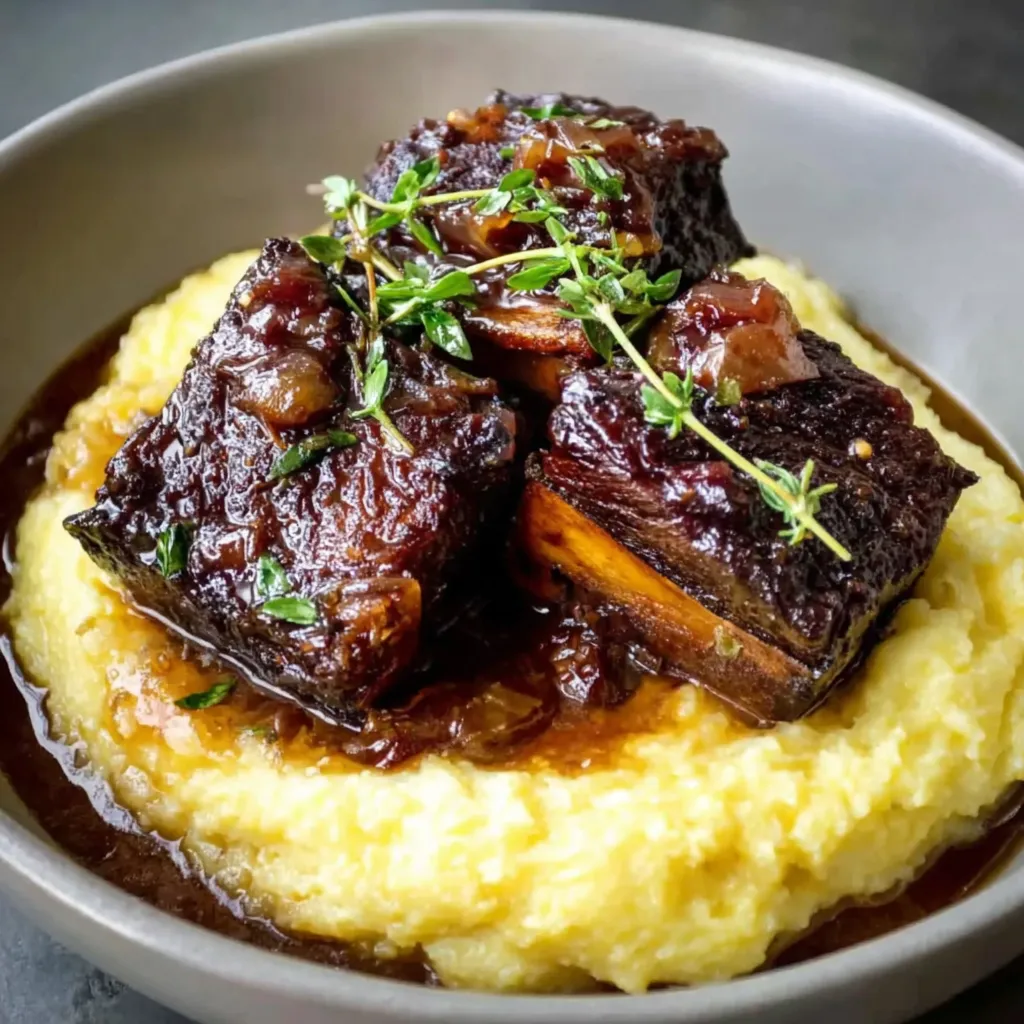
Melt-in-your-mouth braised short ribs nestled over creamy garlic mashed potatoes, all in a rich, herb-scented sauce that feels like a warm hug.
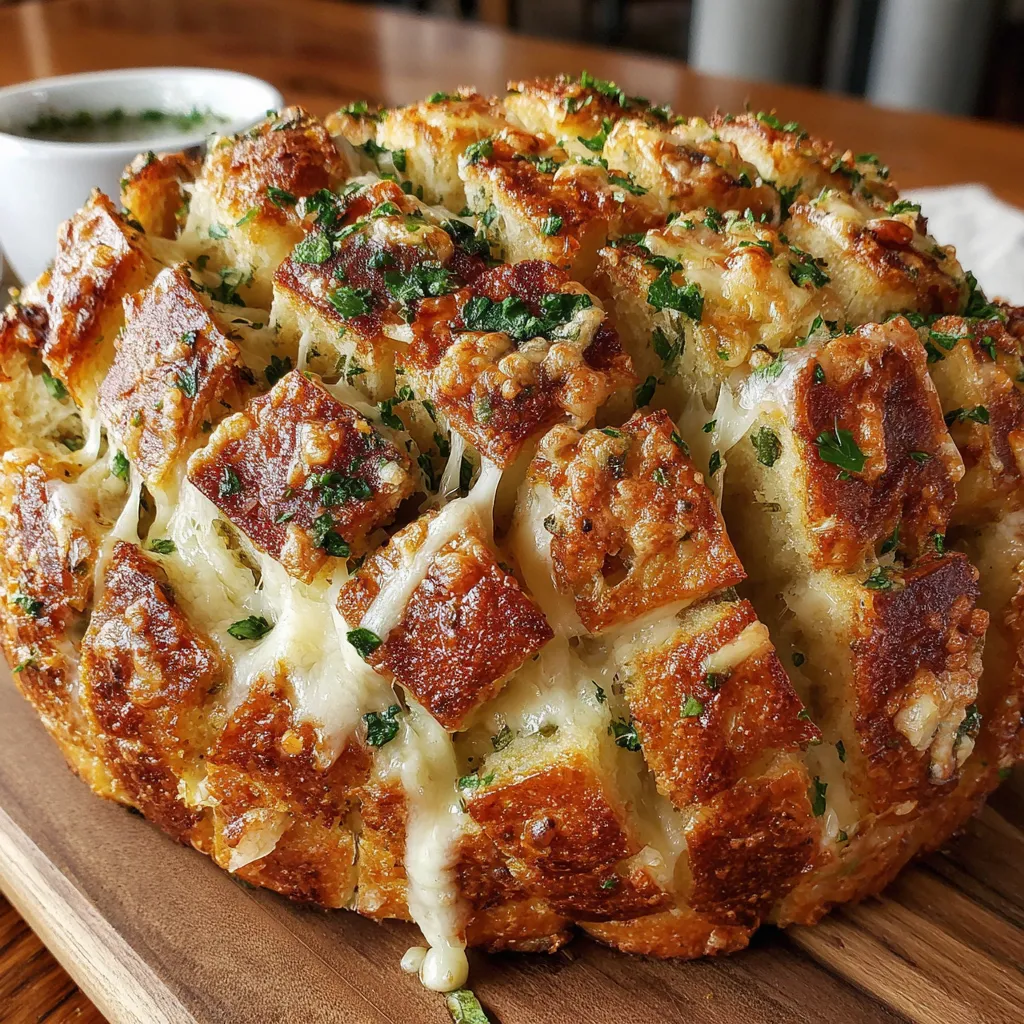
Golden, garlicky pull-apart loaf swaddled in buttery herbs and stretchy mozzarella that begs to be shared warm from the oven.

Leave a comment & rating below or tag @royalmorsel on social media!
Enjoyed this recipe? Share it with friends and family, and don't forget to leave a review!
This recipe looks amazing! Can't wait to try it.
Comments are stored locally in your browser. Server comments are displayed alongside your local comments.
Join to receive our email series which contains a round-up of some of our quick and easy family favorite recipes.